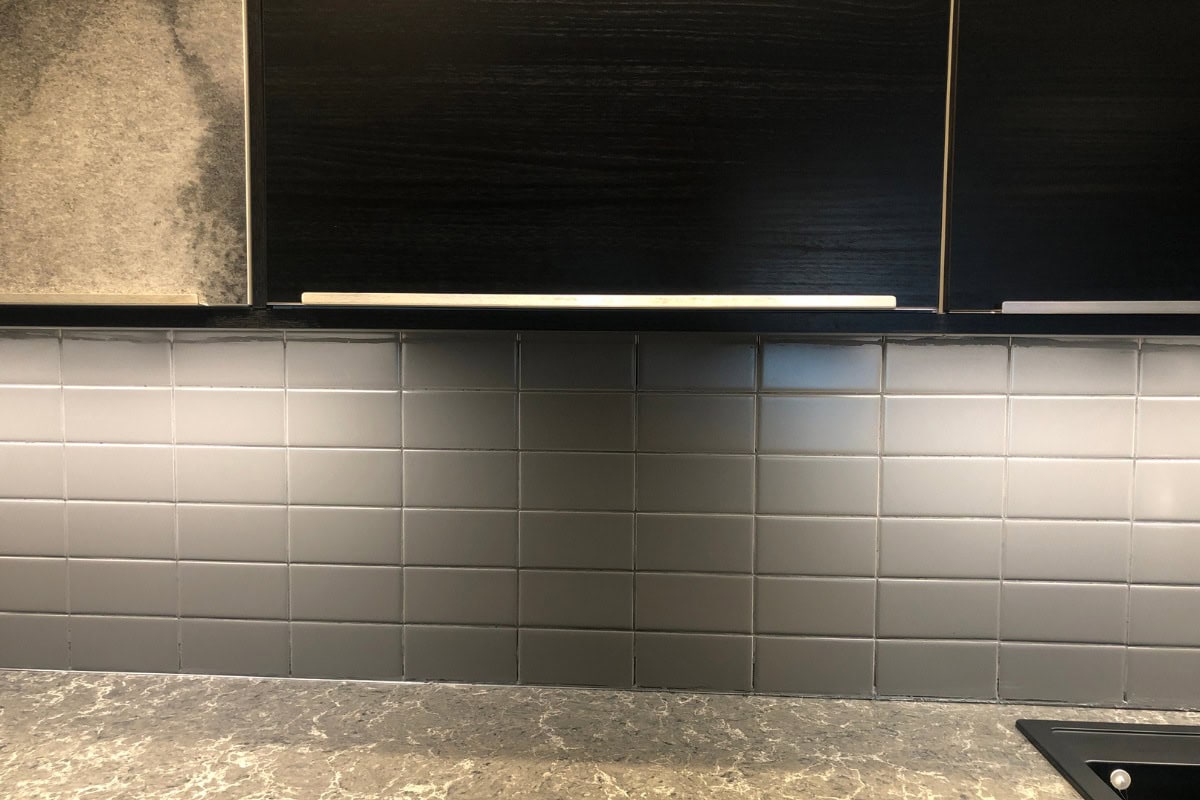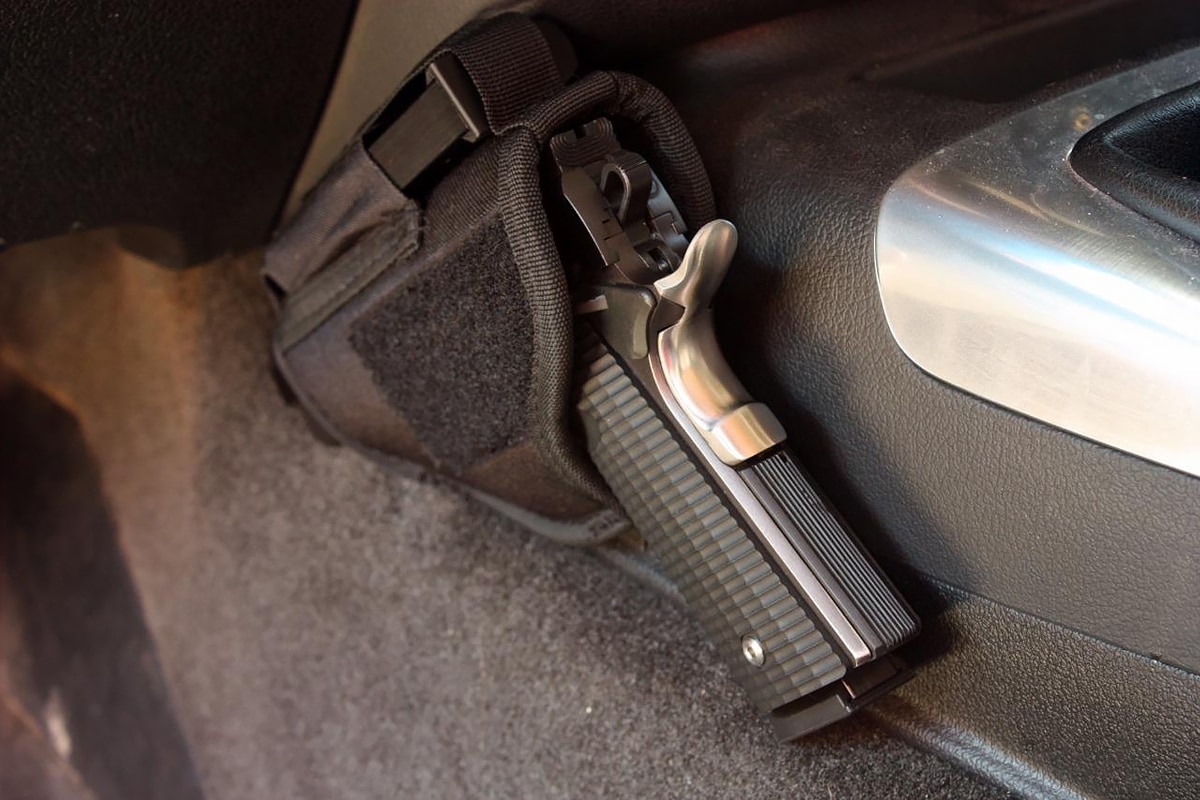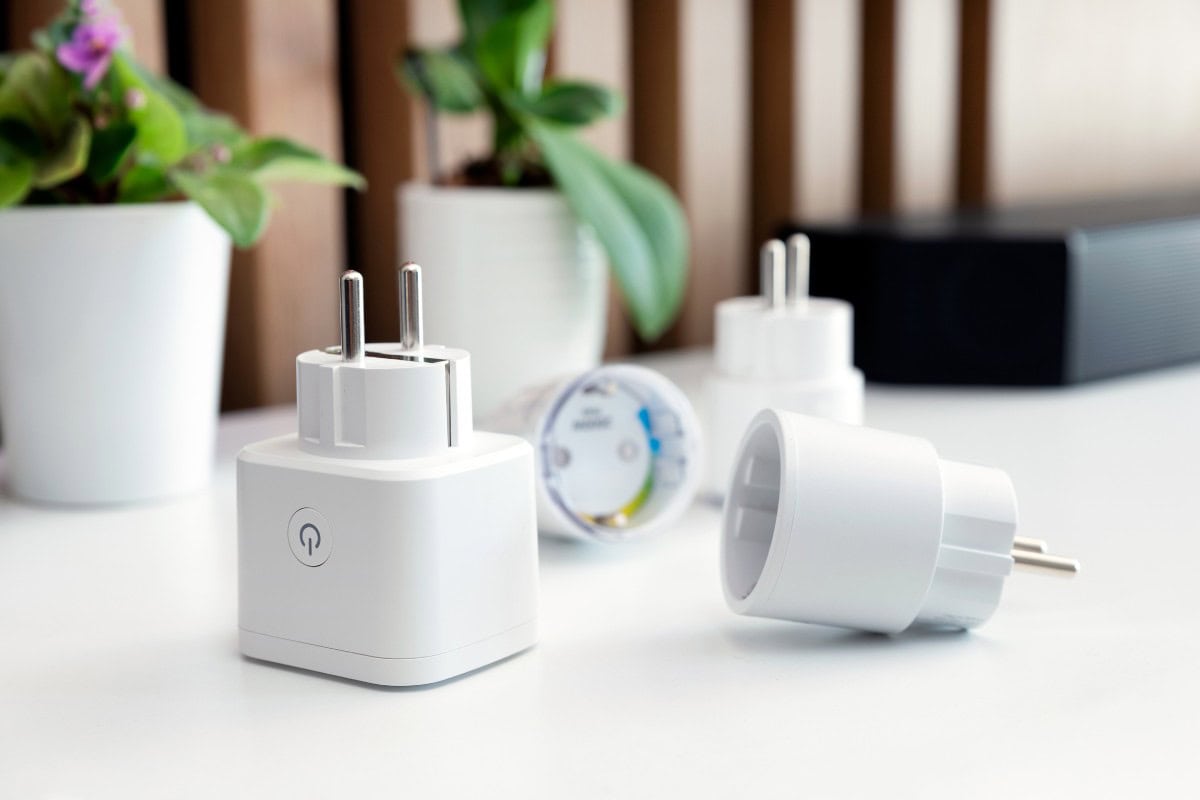If your countertop seems a bit too dim, or if you find yourself blindly fumbling through the back of your pantry, you have probably already begun to realize the value of cabinet lighting. Of course, this type of lighting extends beyond just the kitchen and can also benefit any built-ins, bookshelves, curios, or hutches you have throughout your home.
Cabinet lighting not only helps increase visibility and efficiency in a room, but it also helps add beauty, draw the eye to focal points, make spaces seem bigger, and allow for personalization and decorative touches.
If you have been considering adding cabinet lighting to your home but have been unsure about where to start, this introductory guide is for you. We will go over different types of cabinet lighting, where and how to install them, and a few dos and don’ts.
Let’s get started.
Why Should I Light My Cabinets
You’ve got the ceiling fixtures, pendants, floor lamps, sconces, etc., and feel like you have your bases pretty well covered – so why would you need extra light in a room that already has lights around?
Well, the question then becomes, “Is this room actually well lit?” Cabinets are pretty large pieces of furniture, and as such, they have the ability to cast shadows, block light, and interrupt what might otherwise be a perfectly lovely lighting plan. And let’s not forget that the way you interact with the cabinets and the lighting in the room might cast even more shadows. Does your countertop seem to disappear when your top cabinet doors are open? Do you yourself block out light from the ceiling fixture when you stand a certain way? These are problems, and they can be solved with good cabinet lighting.
There are three main reasons you might want to consider adding more light to your cabinets:
Better Efficiency and Utility
Where there are cabinets (namely the kitchen, the garage, or the built-ins in your living room) there is work to be done. It is much easier to complete that work if you can actually see what you’re doing.
Preparing food in a dim kitchen is a pretty miserable prospect, and unfortunately, the very cabinets you selected and installed might be the reason that light isn’t making its way down to the countertop where you need it. Likewise, try telling the difference between tiny screws and bolts on your workbench if the surrounding cabinets are throwing big shadows.
Whether you are using the space to chop vegetables, write checks, store books, or work on projects, you need to make sure that you have enough light to do it, and lighting the cabinets around that workspace is an excellent, easy, and inexpensive solution.
Eliminating Shadowy Spots
Shadows can spring up both inside and outside your cabinets. Towards the back of your shelves, you may find it difficult to see and take stock of what you have, and a strip of LED lighting would eliminate that issue entirely.
Or you may have noticed that you keep finding bits of dropped food (or perhaps the occasional Lego that your kids were playing with) in that dark space between your lower kitchen cabinets and the floor. There’s no reason that area needs to remain in the dark, and in fact, lighting it up can not only prevent those hidden messes, but also help throw more light into the room, brightening everything up, and eliminating shadows.
Enhancing Decor and Focal Points
Did you select a cabinet with a glass front door so that you could display an heirloom? It’s not really on display if you can’t see it. If your china cabinet comes with a small display light, there’s no reason other cabinets can’t have them too. You can place a small strip of bright accent lighting inside a cabinet where you wish to highlight some focal points or interesting pieces. And remember, sometimes the cabinet itself is the focal point. Especially ornate woodwork or painted designs, which deserve their spotlight as well. A picture light can be placed on the exterior of the cabinet to shine either up or down, highlighting the beauty of the piece.
Cabinet lighting is also a great opportunity to incorporate a little bit of color into your decor. LED technology makes it very easy to add colored lights (or even lights that change color) to your rooms. Popular places for adding colored lighting are along the toe-kick panel at the base of your lower kitchen cabinets or along the tops of cabinets, sending colorful light up toward the ceiling.
How Do I Light My Cabinets
Given the versatile nature of LED strip lighting, LED tape, rope lights, and light pucks, you really have a lot of options when it comes to lighting your cabinets. The two main things to consider are: where do you need more light to shine in the room, and in which direction does the light need to go?
For the most part, you will be aiming your cabinet lights either directly up, or directly down, but there are certainly some cases where you might need multidirectional lighting to cover the area which needs illuminating. In these cases, make sure that the lights you select offer multidirectional capability.
Fixtures to Use When Lighting Cabinets
As opposed to the large, complicated, and expensive lighting design projects that can take over certain rooms, when it comes to lighting only your cabinets, you have a much easier job ahead of you. This is the kind of project that can absolutely be tackled by the average DIY enthusiast, even one who isn’t necessarily comfortable working with electricity. Lots of the available technology does not require hardwiring, which is excellent news for those who are looking to take on this project themselves.
Here are some of your choices for cabinet lighting.
Under Cabinet Lighting
This is by far the most popular option, because it immediately adds task lighting to countertops, desks, and other workspaces without costing a lot of money. Whereas you might depend on hardwired pendant lights to provide task lighting for a kitchen island, under cabinet lighting can be provided from a variety of different sources.
Light Strips, LED Tape, Light Ribbon
Light strips are exactly what they sound like: a strip containing regularly-spaced LED diodes with adhesive backing, which can be cut to an appropriate size for your project.
Keep in mind that light strips can be as easy to work with as they are annoying. Anything with adhesive backing will require you to carefully clean and prep the area ahead of time, and you will also want to make sure that you are applying the lights in a straight line. It’s sometimes best to have a backup plan when installing these, such as hot glue or even strips of duct tape. Of course, remember that you must only cut LED strips at the predetermined safe cut points.
Light Pucks
These are circular, low-profile light enclosures (think hockey pucks) which can be attached either with an adhesive backing, screws, or other fasteners. These vary somewhat in size, so be sure to measure appropriately before installing.
Pucks are available as incandescent, fluorescent, and LED light housings. As always, make sure you are matching the appropriate housing to the appropriate type of bulb, for your safety. Pucks may operate on individual battery packs by connecting directly to an outlet, or for the more ambitious among us, they can be hardwired and activated by a light switch.
Lighting Features and Options to Consider
Remember, especially now that LED technology has progressed so far and come down so much in price, you have many more options than you may have realized. Consider some of the following features for your cabinet lighting.
Dimmable Lights
You don’t have to settle for a simple on/off operation. Many lights, including compatible LEDs, can be installed with a dimmer switch. This can help give you more control over the amount of light in the room and allow you to change it as needed.
Color Changing
This is arguably the coolest feature of LED lighting and certainly one that will help your decor stand out. LED lights are available in a variety of solid colors or in color-changing varieties. You can cycle through a number of different colors before deciding on one or the other. This looks especially striking when used on toe kicks along the bottom of your lower cabinets, or when it shines up toward the ceiling from the top of an entertainment center or a hutch. Of course, the possibilities are endless.
Waterproof
We recommend waterproof light fixtures 100% when it comes to lighting your kitchen cabinets. You may not think your cabinet surfaces will come into contact with water all that frequently, but remember that there will be steam, spills, and splashes in your kitchen, which can be enough to cause a problem. Always choose safety.
Remote Control
If you don’t like the idea of having five or six different light switches on your wall to control all the different aspects of your new cabinet lighting, you’re in luck. Many lights can be controlled remotely, either through a small handheld remote or, in other cases, through your smartphone.
Smart Lighting
Smart home technology is suddenly more affordable and more widely available than ever. You can absolutely take advantage of this when you go to install your cabinet lighting. Smart lighting generally refers to either individual bulbs or an outlet that has Wi-Fi connectivity. You then use voice commands through a hub like Amazon Alexa, Google Home, or Apple Home to control the smart lighting in your home. These lights can also be controlled through apps on your smartphone. Pretty cool!
Motion Sensor
For energy-saving purposes, you can set your cabinet lights with a motion sensor. Lights can come on when they detect motion nearby and can shut off automatically as well. Check for compatible motion-sensing systems when you shop for your lights.
Outlet vs. Battery vs. Hardwire
You have several choices when it comes to powering your cabinet lights. Hardwiring means linking up these lights into your home’s electrical system and powering them through light switches. However, you also have the option of using nearby outlets as a power source, which takes a lot of the electrical engineering out of the equation. Some lights are also powered through battery packs, which can be convenient for those who have neither light switches nor outlets nearby.
Temperature and Lumens Recommendations
Light temperature is always worth considering when purchasing new bulbs. For cabinet lighting, it is generally recommended that you not go any warmer than 3000 K. This will be yellowish to whitish colored light and will not reflect too harshly off of bright ceilings, polished backsplashes, or stainless steel appliances.
As far as lumens go, a good rule of thumb is to install a minimum of 200 lm per foot. The good thing about strip lighting is that you can feel free to double them up, particularly if you need brighter light in a certain area. Of course, the same warning goes for lumens: be mindful of your reflective surfaces. Double the light means double the reflection.
What You Need to Know Before You Begin Installation
Hopefully, you’re excited about your upcoming cabinet lighting project, but before you rush out to the store, keep the following things in mind.
Measure
Don’t make the mistake of thinking that LED strip lighting can be cut to fit perfectly. Most LED tape provides safe cut points every four, six, or 12 inches. Measure the distance you need to cover, and then get as close as possible by purchasing tape with compatible cut points. In other words, if you need to light 40 inches of under-cabinet space but purchase LED tape which can only be cut every 12 inches, that leaves you 4 inches of unlit space to contend with.
Take Note of Code Requirements
Seasoned DIYers might already be familiar with building codes, but for the novices among us, it’s important to realize that yes – building and electrical codes apply to you, even if you take on the job yourself. Familiarize yourself with the National Electric Code (NEC). For instance, code 210.52 puts limitations on placing a receptacle outlet inside a cabinet. These are things you need to know before you purchase materials.
Map Out Your Light and Cord Placement
If you don’t like the idea of too many cords showing around your new projects, take some time to map out the best route for your new lights and their respective power sources. It’s usually helpful to make a quick sketch or even use an online program which can help you map out your lighting plan.
Cabinet lighting is an affordable way to upgrade your existing spaces. You can add more personality, utility, and even connectivity to your home simply by getting creative with LED strips, puck lights, accent lights, or whatever else strikes your fancy. Many cabinet lighting projects are extremely DIY-friendly. This is good news! You can tackle this project on your own time and set it up exactly the way you want it. Hopefully, this guide has given you the confidence to do just that.









